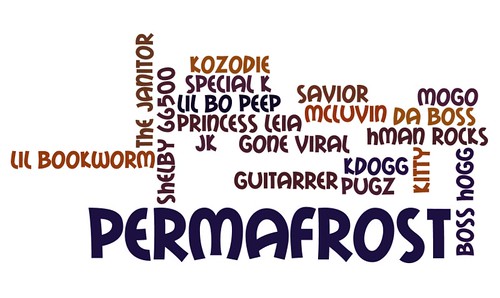I’ve been taking part in an online study group through the National Writing Project around the topic of digital writing, with the NWP’s Digital Is website as our “text.” This week, we’ve been giving some guidance to consider the importance and role of “curating” content for ourselves and our students. Being a thoughtful curator means gathering pertinent resources that, taken together, have some meaning to the one who is viewing the collection.
In some ways, teachers have always been curators, right? We seek resources and information that we can share with our students in hopes of sparking insights and education along a line of thinking or inquiry. We lead our young people into places will get them writing, thinking, shifting. We help them see the value of things (through our own lens.) Why I choose this article over that article for them to read is all about the act of curation.
But the access to information and data in the digital world has made this responsibility ever more important, it seems to me. Given the deluge of sources (some maybe not so useful) and materials, our students often have trouble navigating in a way that is meaningful. Our role as educators is to provide some intellectual framework, and we do this by curating the content. (On the flipside, curation can also be viewed as a negative by narrowing the possibilities or filtering the content, right?). Technology tools that allow this kind of curation navigation include Diigo and other bookmarking tools; Jog the Web and other Internet site “tours”; Webquests, and more.
And even Pinterest is a curation tool, of a sort. (See my board on collections within Digital Is that I find notable and notice how I was able to provide a little commentary on each, and how others can react to my comments.)
An interesting discussion we have been having in our study group is all about annotation, and how technology can provide more and more means for collaborative marking and sharing of ideas and reflections right within the documents themselves (sort of like margin notes, but saved and shared electronically, and conceived for collaboration). I have not yet done this kind of activity with my sixth graders, but with the shift towards more research-based writing under the Common Core, it makes sense to try to figure out if there are tools that might pave the way for better and more efficient research gathering for our students, who then can make the shift themselves into the role of curator.
I like the NWP study group is sparking my thinking along new paths, and new possibilities.
Peace (in the information),
Kevin



